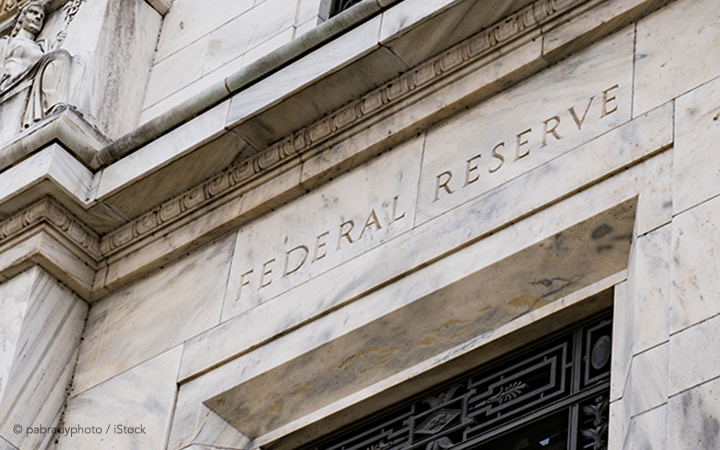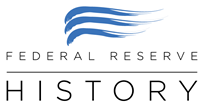The Fed's Functions

The Federal Reserve System performs five key functions in the public interest to promote the health of the U.S. economy and the stability of the U.S. financial system. The Fed Explained, published by the Board of Governors, explains how the Fed:
- sets the stance of monetary policy to influence short-term interest rates and overall financial conditions with the aim of moving the economy toward maximum employment and stable prices.
- monitors financial system risks and engages at home and abroad to help ensure the system supports a healthy economy for U.S. households, communities, and businesses.
- promotes the safety and soundness of individual financial institutions and monitors their impact on the financial system as a whole.
- works to promote a safe, efficient, and accessible system for U.S. dollar transactions.
- and advances supervision, community reinvestment, and research to improve understanding of the impacts of financial services policies and practices on consumers and communities.
Evolution of the Fed
In 1913, the primary purpose of the Fed was, as stated in the preamble to the Federal Reserve Act:
to Provide for the Establishment of Federal Reserve Banks, to Furnish an Elastic Currency, to Afford Means of Rediscounting Commercial Paper, to Establish a More Effective Supervision of Banking in the United States, and for Other Purposes
Congress wanted to build a central bank system that could effectively promote monetary and financial stability and respond effectively to stresses in the banking system.1 Lawmakers did not anticipate the many changes changes to the banking system or broader economy that would occur over the 20th century."
Monetary policy,2 probably the most well-known function of the Federal Reserve, is just one example of how the Fed has changed over the years. Monetary policy developed slowly throughout the Fed's first 20 years. It was only in 1936, after the Banking Act of 1935 went into effect, that the Federal Open Market Committee as we know it took shape. The economic complications of World War II and the tensions between the Fed and the Treasury department contributed to a Fed that was more focused on financing the government than controlling inflation. The first edition of the System's overview publication often called simply "Purposes and Functions," published in 1939, focused primarily on bank reserves and services to member banks. The phrase "monetary policy" is nowhere to be found until the third edition published in 1954.
Although the focus has changed, much of the core of what the Fed does has stayed the same. For instance, the Fed supervises banks and works to stabilize the banking industry in order to prevent crises. The Fed still helps banks coordinate payments, clears checks and electronic payments like direct deposit, and supplies cash and coin to commercial banks, who can then get it into the hands of their many customers.
Congress has given the Federal Reserve many other responsibilities and opportunities over the years, from the Employment Act of 1946 to the Dodd-Frank Act of 2010 to the CARES Act of 2020. For more about what the Fed does today, explore "The Fed Explained" from the Board of Governors or watch a video explaining the Fed "In Plain English" from the economic education team at the St. Louis Fed.
Endnotes
- 1 Wheelock, David C. "The Fed's Formative Years," Federal Reserve History, November 22, 2013.
- 2 Teachers interested in teaching up-to-date information about the Fed should explore the resources in "Teaching the New Tools of Monetary Policy" from the St. Louis Fed.
Written by the Federal Reserve History team and updated April 27, 2025. See disclaimer and update policy.

 X
X  facebook
facebook
 email
email